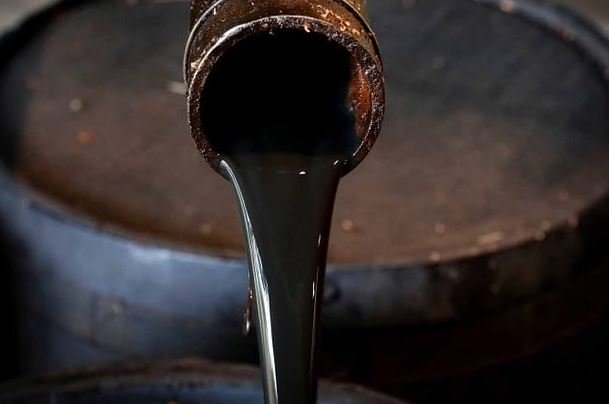Black Gold From Turkana

Crude oil. Image credit: The standard
As the Celsius Riga set sail on August 26th 2019 from the port of Mombasa, the brightness of the day reflected significance of the occasion being witnessed. Aboard this tanker was Kenya’s inaugural consignment of crude oil, a shipment of 200,000 barrels mined from Turkana. This small-scale export to Malaysia was intended to test the international markets’ reception of the nation’s low-sulphur petroleum ahead of commercial production. This historic moment added Kenya to the ranks of the world’s oil-producing nations and while the event itself was short-lived, the build-up to this day was 65 years in the making.
In 1954 two oil and gas companies, British Petroleum (BP) and Shell, began the search for fossil fuels in Kenya. These fuels are formed from the remains of ancient marine organisms that undergo intense heat and pressure for millions of years. This knowledge, coupled with the geological surveys conducted in the country, resulted in the Lamu Embayment being the first exploration site. The first well was drilled in 1960 and nine others followed suit in the course of that decade. Though minor oil and gas shows were encountered in some of the wells, there was no significant success to the exploration.
Indications of oil staining in Lamu propelled the hunt for oil in other regions with exploration commencing in Mandera Basin in the 60s, and Anza Basin in the 70s. Many oil companies fanned out in these three regions to research and collect data on the viability of the subsurface structures before sinking wells to test for hydrocarbon shows. Despite promising tests, the wells drilled either turned up dry or the oil found was not commercially viable.
With the negative results from these three basins, exploration was expanded to the tertiary rift in the 80s. However, this region was considered an inferior exploration site since it is further inland and did not attract many companies. In 1992, Shell sank a well at Eliye Springs and another at Loperot the next year. Including these two, the total number of wells drilled in Kenya’s sedimentary basins totaled 30, but none had so far led to a discovery. These fruitless attempts led to a lull in exploration activity.
For the next ten years, the oil fields remained relatively untouched as surveys continued in neighbouring countries. Then in 2003, there were massive gas discoveries in Mozambique and oil discoveries in the Albertine Graben in Uganda. These findings rejuvenated exploration interest in Kenya which was taken up with renewed vigour.
In 2010, British company Tullow Oil signed an agreement with Canadian company Africa Oil, and the two began joint operations in Turkana. On 26th March 2012 they became the first entity to strike oil, thus putting an end to years of speculation. With an estimated 560 million oil barrels in proven and probable reserves, this newest addition to the #KeMinerals family has cast a bright light at the end of a long dark tunnel.

The Celcius Riga carrying Kenyas first oil shipment to Malaysia. Image credit: Citizen TV

Kenya has 4 sedimentary basins. Onshore. 1. Anza Basin. 2. Mandera basin. 3. Tertiary Rift. Offshore. 1. Lamu. Graphics by the National Oil Corporation of Kenya.




2 Comments
This is interesting
Thank you Chiedo, we’re glad you enjoyed the read.